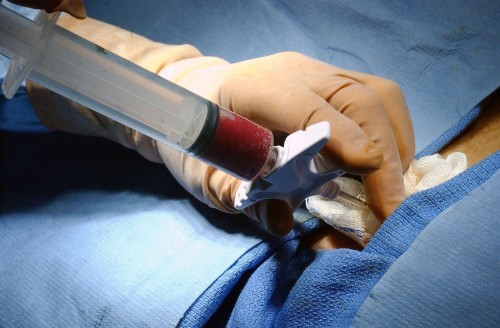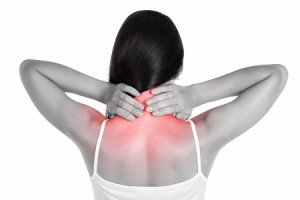Lumbar puncture the spinal cord is made for treatment, anesthetic purpose, and in order to diagnose the components of the cerebrospinal fluid.
The most widely used puncture in neurology. In the presence of subarachnoid hemorrhage and infectious pathologies of the Central nervous system the diagnosis can be based on this method.
Today, after a fairly active introduction of CT and magnetic resonance imaging, a puncture of the spinal cord as a method of research was used far less frequently.
The diagnostic method
Using the data obtained in this way, the physician gets a more complete clinical picture and has the ability to confirm the diagnosis of such pathologies as:
- multiple sclerosis;
- neuroleukemia;
- polineiropatia.

The purpose of the
It is important to know why there is such a study. So, without lumbar puncture to diagnose inflammation or hemorrhage is rather difficult.
Through the study of the cerebrospinal fluid, which is taken during diagnosis, professionals receive valuable additional information.
In addition, excess cerebrospinal fluid, thus reducing pressure in the spinal canal and intracranial pressure.
Testimony
Carry out a lumbar puncture if there is suspicion on:
- Meningitis.
- Encephalitis.
- Other infections of the Central nervous system.
- Intracranial hypertension benign nature.
- Hydrocephalus (normal pressure).
In addition, the spinal tap is often performed to decrease intracranial pressure.
Contraindications
The main contraindication to performing a lumbar puncture is dislocation of the brain.
The reason is that if the patient has high blood pressure, in terms of reduction in space podporinov spinal liquor pressure the risk of death is great enough.

Preparations for the
Before performing a lumbar puncture, the puncture site is carefully handled and anesthetized. To make fast and accurate puncture, Dr “arming” the specific needle come with guide. The puncture is made under a small angle, parallel to the spinous processes.
The conductor pulled out after the so-called “feeling of failure”. Then the needle is leaking cerebrospinal fluid. If the CSF is missing, or the needle hits the bone, the procedure is carried out again. After that, the doctor with sterile drape seals the puncture.
Features
For the successful conduct of this procedure, the patient should be in a horizontal position, or to sit on a comfy chair. Most doctors prefer to perform a lumbar puncture, placing the patient on his side.
The head should be tilted toward the chest, and the legs connected to the abdomen. This is to ensure that during the puncture the needle does not damage the spinal cord.
The doctor inserts a needle into the small “promchim“, located between the 3rd and 4th vertebrae. The main reference is the line Jacobi.
Children’s puncture
In children the puncture is made at the level of the fourth and fifth lumbar vertebrae. For the proper conduct of procedure, it is important that the child also lay on its side.
His legs should be bent and the hips are tucked in.
If children are diagnosed with scoliosis or a pronounced curvature of the spine, the procedure is performed in a sitting position.
Lumbar puncture in children is usually performed under local anesthesia. General anesthesia may be required only in case of hyperactivity of the young patient.
After the procedure
After lumbar puncture is made, the patient is advised to perform simple rules. So, bed rest should be observed for two to three hours.
This is to prevent the further leakage of CSF. If the patient gets out of bed immediately after the procedure, he runs the risk of losing consciousness.

Pain syndrome
Many people wonder regarding pain accompanying the puncture of the spinal cord. The fears of alginates groundless, since the procedure involves anesthesia.
When establishing a system for infusion (intravenous) and the introduction of the anesthetic, the patient feels only a small prick. During the procedure, it is important to lie still.
In some cases after lumbar puncture patients complain of headache, to relieve which can be using prescribed pain medications.
If the pain persists and is accompanied by dizziness, vomiting or nausea, it is recommended not to delay a visit to the doctor.
Complications
Reviews on spinal tap are mostly positive. However, risks and complications, no one is immune.
Before going for such a responsible step, it is important to know what the consequences might be.
So, during the procedure the patient may encounter:
- trauma to the choroid plexus (spinal canal, front wall);
- touch the end of the needle to the nerve root of the spinal nerve (during reflex contraction of the muscles of the leg the patient experiences an unpleasant feeling similar to electric shock);
- breathing problems (uncommon);
- convulsions.
After the procedure there is a risk of:
- post dural puncture syndrome;
- liquorrhea.
Effects are eliminated in the following way:
- in the occurrence of post dural puncture syndrome the patient is assigned a bed and introduction (drip) polianovo solution (0.5 l);
- if you encounter liquorrhea a compression bandage.



